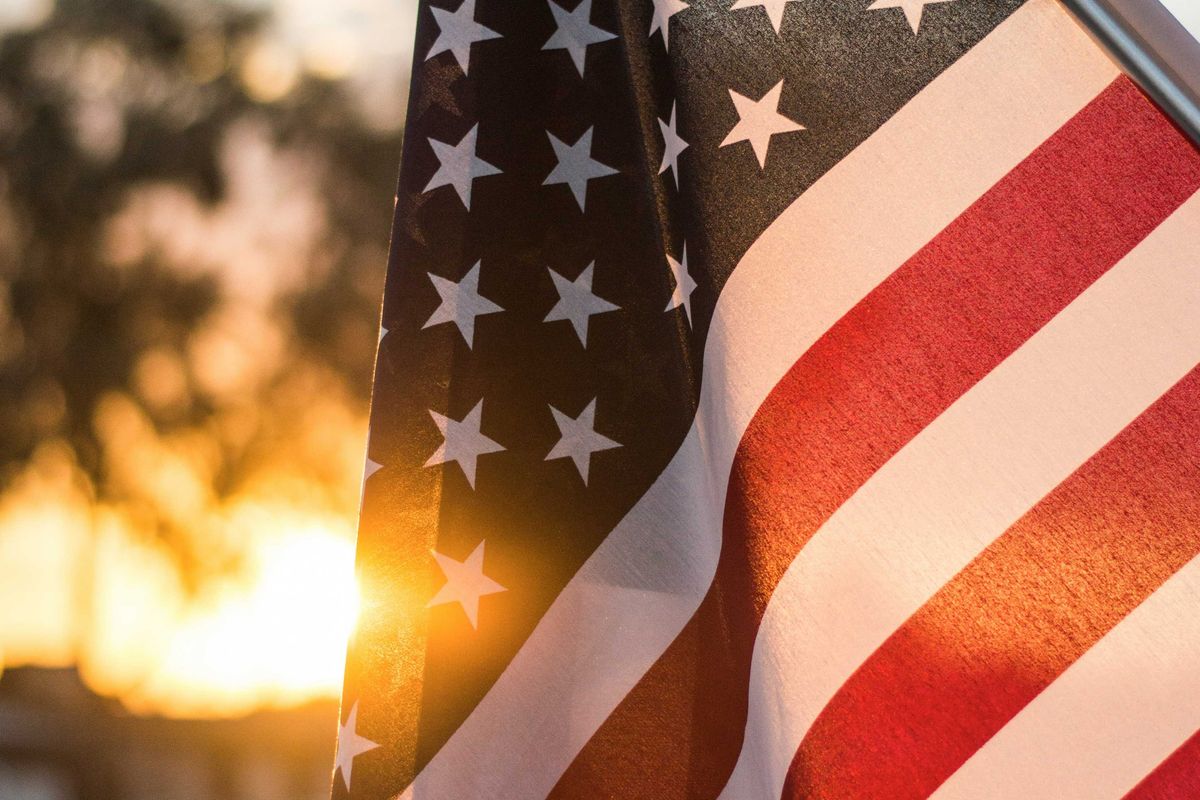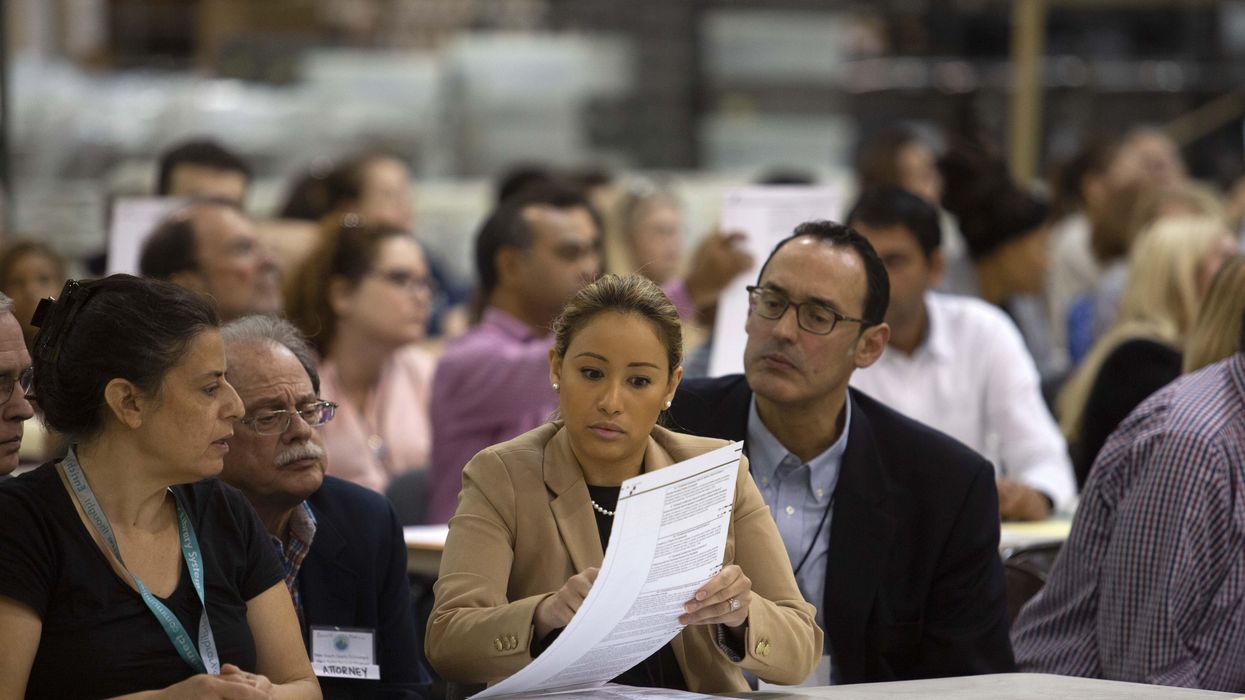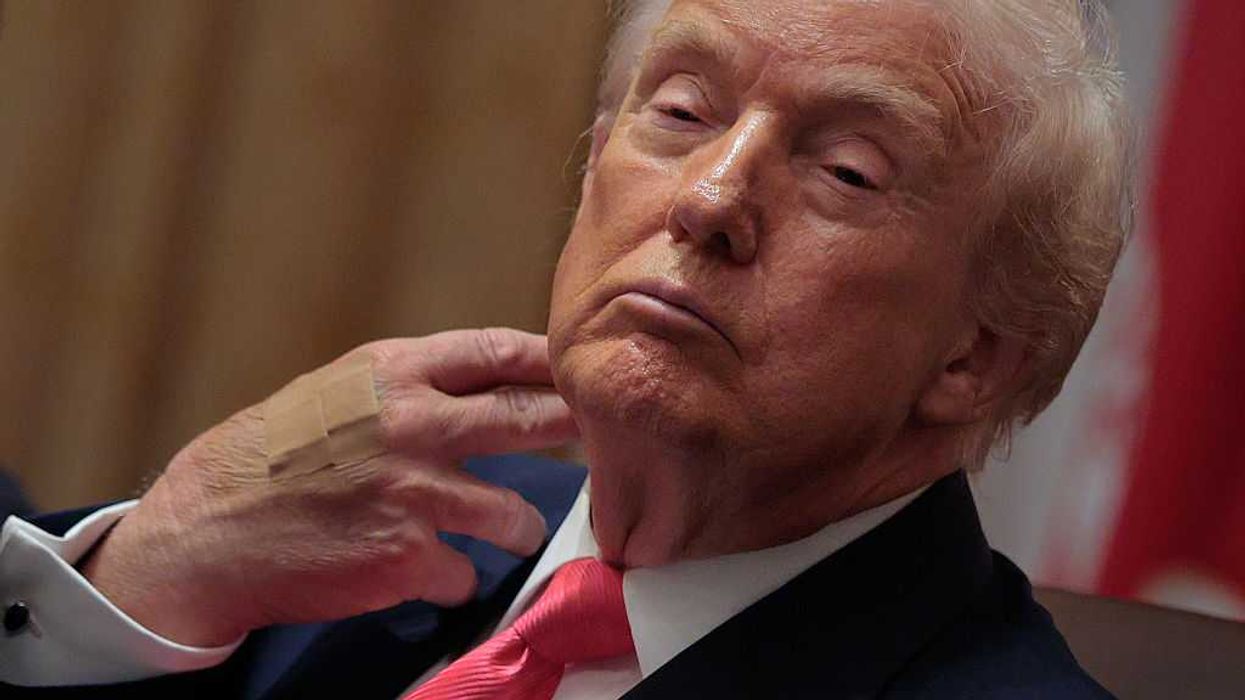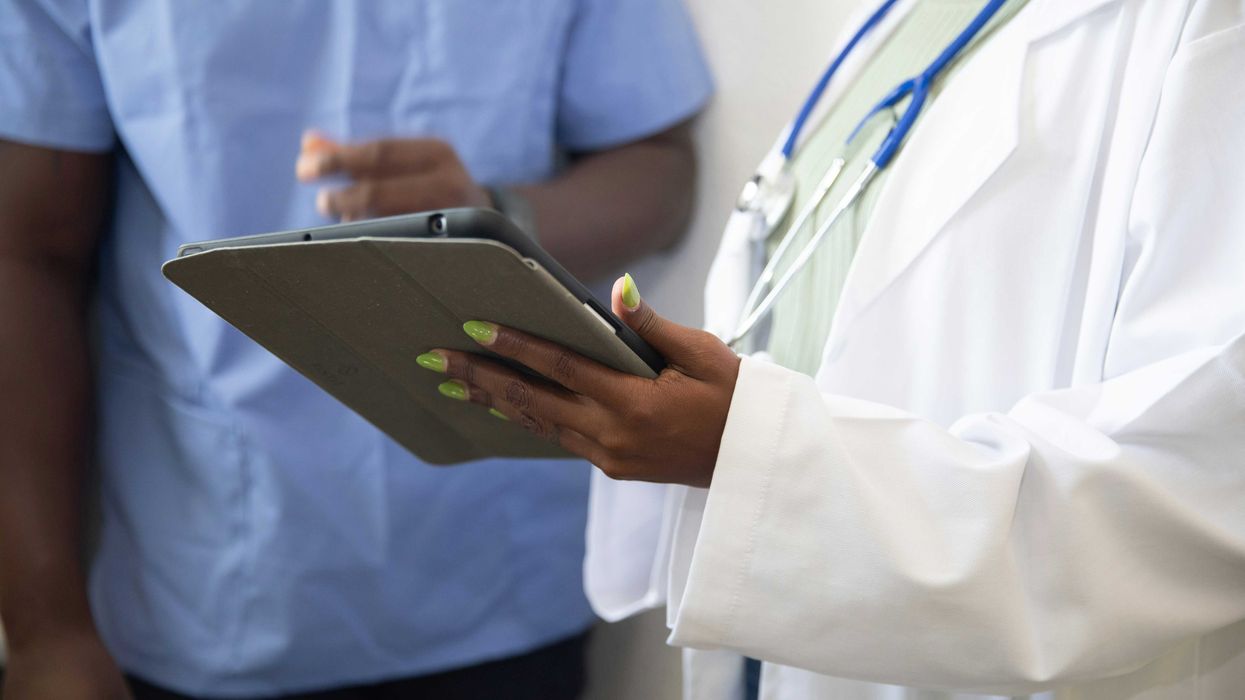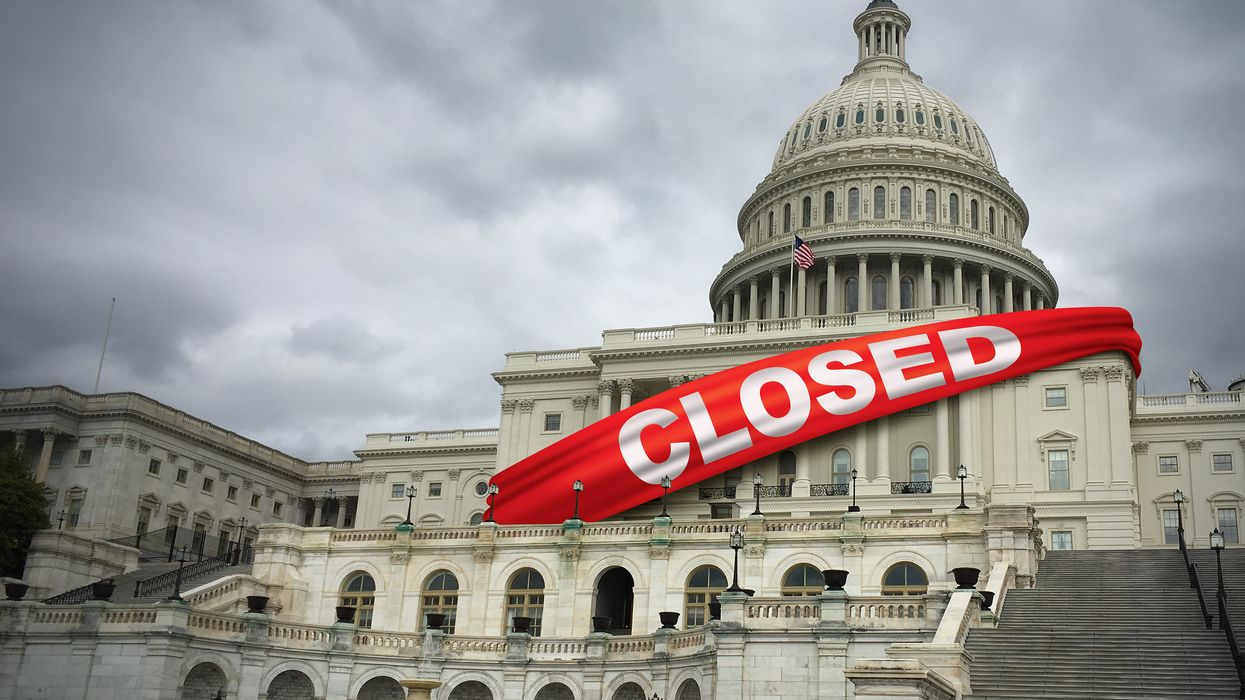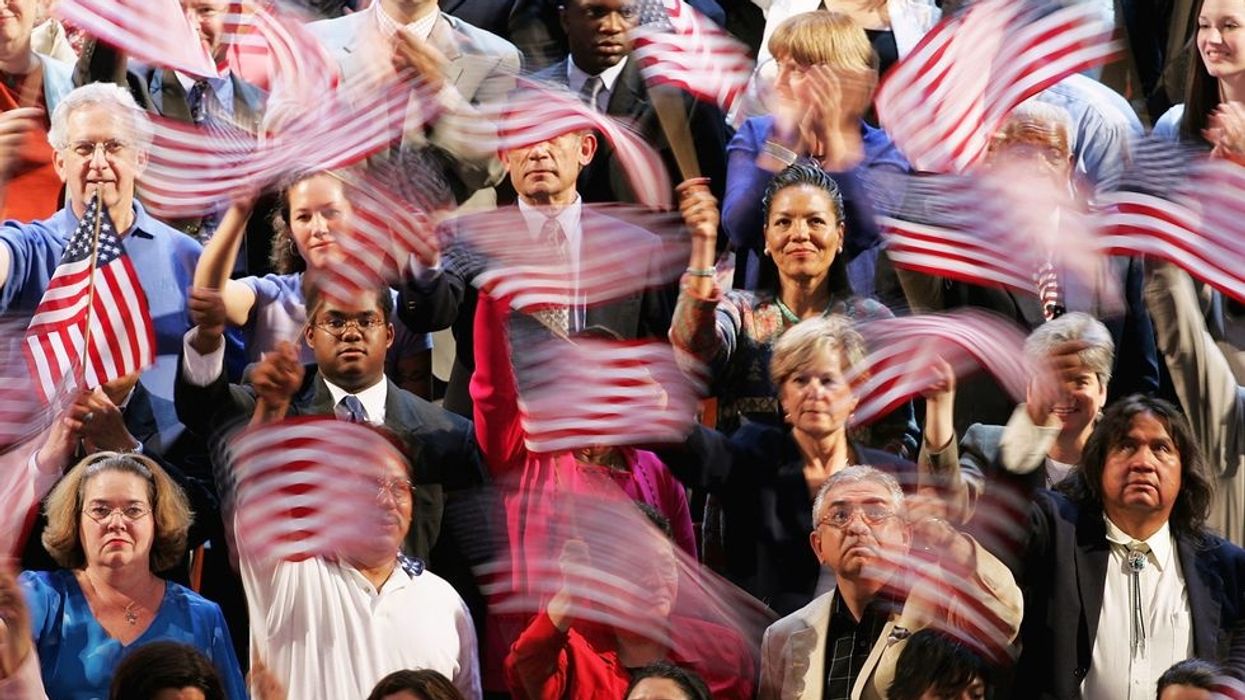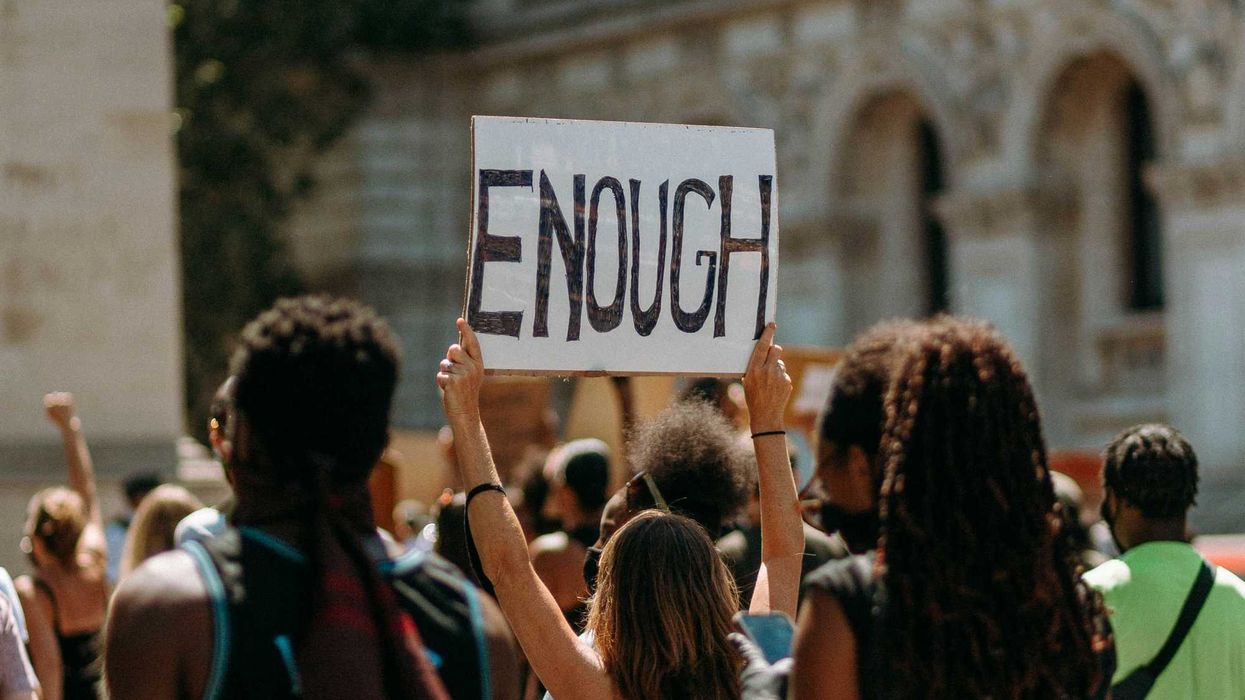Rosenfeld is the editor of Voting Booth, a project of the Independent Media Institute.
Florida’s recounts have been notorious. The 2000 presidential election was decided when the U.S. Supreme Court stopped a recount, holding, in Bush v. Gore, that different counties were using different procedures, which was unconstitutional. In 2018, three statewide contests, including for the U.S. Senate, triggered simultaneous recounts. Some populous counties did not finish in time, which meant that their initial vote totals were used — nullifying the recount.
In 2020, Florida’s legislature sought to remedy this. Unlike any other battleground state, it gave counties the option of using a feature of voting systems to conduct more streamlined recounts. Instead of scanning every paper ballot and manually recounting a fraction of those ballots, counties could use digital images of every paper ballot to recount votes. These images are created when ballots are scanned and are the first step in counting votes.
But whether Florida’s updated recount rules will be ready for 2022’s statewide elections, and whether the digital ballot images will be treated as a public record — and preserved like paper election records for 22 months — remains unresolved. Such transparency issues have taken on new dimensions in our political era, where many Republicans have continued to make unproven accusations of election fraud to police voting.
Nonetheless, the Division of Elections has begun drafting rules for ballot-image recounts. Some Florida legislators and election transparency activists are worried that the digital images are not explicitly considered a public record in state law, even though the federal Department of Justice has said to “ retain and preserve ” them. Nor are all counties saving them. Lawsuits over their status have been simmering for several years and continue.
Voting Booth’s Steven Rosenfeld spoke with Florida Rep. Joseph Geller, a Democrat from Aventura, about the role that digital ballot images could play in verifying results and the ongoing opposition by some counties with preserving them and treating them as public records.
Steven Rosenfeld: What are digital ballot images, and what is their role in counting votes?
Joseph Geller: It has to do with the technical progression of vote-counting machines.
What happens now is paper ballots are fed through the machine, a scanner, and the machine basically instantaneously makes a digital copy of the ballot. That’s great because the ballot itself is undamaged and retained. It is the paper trail. But the image that’s instantaneously created, the digital ballot image, is actually what’s used to count the votes. It is not really the original paper ballots that are being counted. It is these digital ballot images that are instantaneously created, and then they [the system’s software] count them.
SR: But not all Florida counties are saving digital ballot images. And, when pressed, they have argued in court that they are not even a document or public record.
JG: Some people say, “Oh, those things are just transitory copies.” Well, they can be transitory. You can set the machine in such a way that it overwrites all of these images, or none of them, or just the ones that are, quote, “write-ins.” That doesn’t mean that somebody is trying to write in a candidate’s name. It can mean there’s some other unauthorized [ink] mark on it.
Remember how paper ballots work. There are the little ovals that you fill in. That’s what the machine actually counts. But if you go to your candidate of choice, and don’t fill in anything, but instead draw a circle around the oval, that is counted as a blank ballot by the machine. That’s the kind of thing that it takes someone to look at and say, “This is obviously a vote for the candidate whose oval was circled, or whose name was circled, or whose name was underlined.” Sometimes, the machines are set to just preserve those images, or set to preserve none of them. It is easy enough to just set them so they preserve all of the images.
SR: You have sued to force all Florida counties to preserve them.
JG: Our position is that since that’s what’s used to actually do the count, it’s a public record. It’s required to be kept. And on top of that, it’s a good idea to keep them, because you have this complete instantaneously created [data] set that you can use for recounts. Our [state] law changed to allow that. Both sets [paper ballots and digital ballot images] basically verify each other and they’re independent, but they should be basically identical. If there’s a glitch that loses some ballot images, you can tell it by resorting to the actual paper ones.
And if, as it happened in Broward County a few years ago, [where] they mislaid some original ballots—God knows what happened to them—you’ve got the digital set that was instantaneously created to verify against. The bottom line is that by using these images, it’s not only something mandated in our opinion by state and federal law, but they’re also public records. You have two sets of records, that you can check returns against. That not only helps with recounts, but it should also help tremendously in terms of public confidence.
SR: A year ago, you wrote to the Justice Department about preserving ballot images. And last July, they issued guidance requiring that electronic election records be saved for 22 months, just like paper election records. But not all Florida counties are doing that. What’s the status of that effort to preserve ballot images as public records?
JG: There was an original lawsuit brought by some lawyers that I was not involved in—back as late as 2018. It was brought in federal court and a federal judge said, “You know, it’s very nice, a great thing. But it’s not a federal case.” It was something that the judge thought should be brought in state court.
So, in response to that, a group of lawyers, myself included, brought this action in the early part of 2020 with the hope of getting a ruling in time for the 2020 election. Subsequent to our filing the lawsuit, I believe, myself and my colleague, Chris Sautter, wrote this letter to the Justice Department that you referenced. The lawsuit was brought in state court, in Tallahassee, our state capitol, because among the defendants was the secretary of state as well as supervisors of elections from eight different mostly large counties. Those eight counties were picked to be representative, and because they were large counties. Thirty-two or 33 of Florida’s 67 counties save these ballot images voluntarily — roughly half.
Sometime later, the Justice Department issues this guidance that says they [ballot images and other electronic records] have to be kept according to federal law. … Nonetheless, some of these supervisors are still refusing, and they read the guidance differently than us.
SR: Currently, the state is writing rules to use ballot images in recounts. You’ve seen the draft language. You recently wrote a letter commenting on it. I understand that your goal is to protect candidates and to reassure voters. It’s also to make sure that whatever is adopted is uniformly implemented, so you don’t get into a Bush v. Gore situation. What’s missing or needs to be part of what the state is positioning itself to do?
JG: I’ll answer in two ways. First, a couple years ago the legislature did amend the law and say digital ballot images can be used in recounts. But what it didn’t say was you have to keep them. That strikes me as odd. You can use them, but you don’t have to keep them? If you can use them, then they are some kind of record. And if they’re public records, they have to be kept. It doesn’t even say that if you use them in a recount, that you have to keep them.
We, as I said, brought this suit in Leon County. And the defendants moved to dismiss, among other grounds, citing what’s called the home venue provision; that government entities have to be sued where they’re located. And we said, “Okay, but there are multiple ones [counties].” The trial judge agreed with us. He denied the motions to dismiss and said move forward. But they appealed to the First District Court of Appeals. And to our dismay, if not shock, the court overturned the denial and said, “No, you have to sue each defendant in its own county.”
The worst thing about that ruling, for Bush v. Gore purposes, is what if one [county] says yes, and one [county] says no, and you have inconsistent rulings? Do you now have a standard rule that differs from county to county? I think you do have a problem with that, but so that’s what they ruled. So now we have filed the first individual lawsuit in Miami-Dade County. And we’re looking at where else we’re going to choose to bring other versions of the lawsuit against non-complying counties. We’ll see how far we get. That case is proceeding.
SR: Let’s summarize. Ballot images are created by voting systems. They start the counting process. But Florida is not saying that they are public records. Nor is it telling counties to save them in regular elections or in recounts. And the state is writing new recount rules that don’t address these omissions, even though the Justice Department has said to save them.
JG: They don’t have to be saved either way [in regular elections or recounts]. That’s what the lawsuit is about. And if I were an election official and I saw that DOJ guidance, I would damn well keep them. But I’m not an election official. And, at present, they each get to make their own choice. And we’ll see how many follow it, or we can get the court to order it.
SR: It seems like these objections, the venue arguments, and what I’ve heard from election officials, that saving the images slows down the machines, which may not be true in all cases, are technicalities. What’s the real resistance, do you think, to the benefits of more transparency and duplicate data that can attest to the accuracy of election results?
JG: I can’t begin to imagine. Maybe some of them really do believe that it will slow them down to the point that if something else goes wrong, and [the machinery] is additive to it, that it will cost an inordinate amount of time, and that always puts the results into question. Whether that’s legitimate, or there’s some unseen ulterior motive, I can’t begin to guess.
SR: Thanks for talking about this. This is important because Florida is the only battleground state that is trying to update its recount laws based on the newest technology used in elections. But all of the data from that juncture, where the counting begins, are not yet public and not required to be preserved. That seems to put the benefits of better recounts in jeopardy as the midterms and 2024 election approach.
JG: I agree. It seems to me to be a very big deal, which is why I’ve been taking time together with my colleagues every weekend for months to try to address it, to get this clarified.
This article was produced by Voting Booth, a project of the Independent Media Institute.

